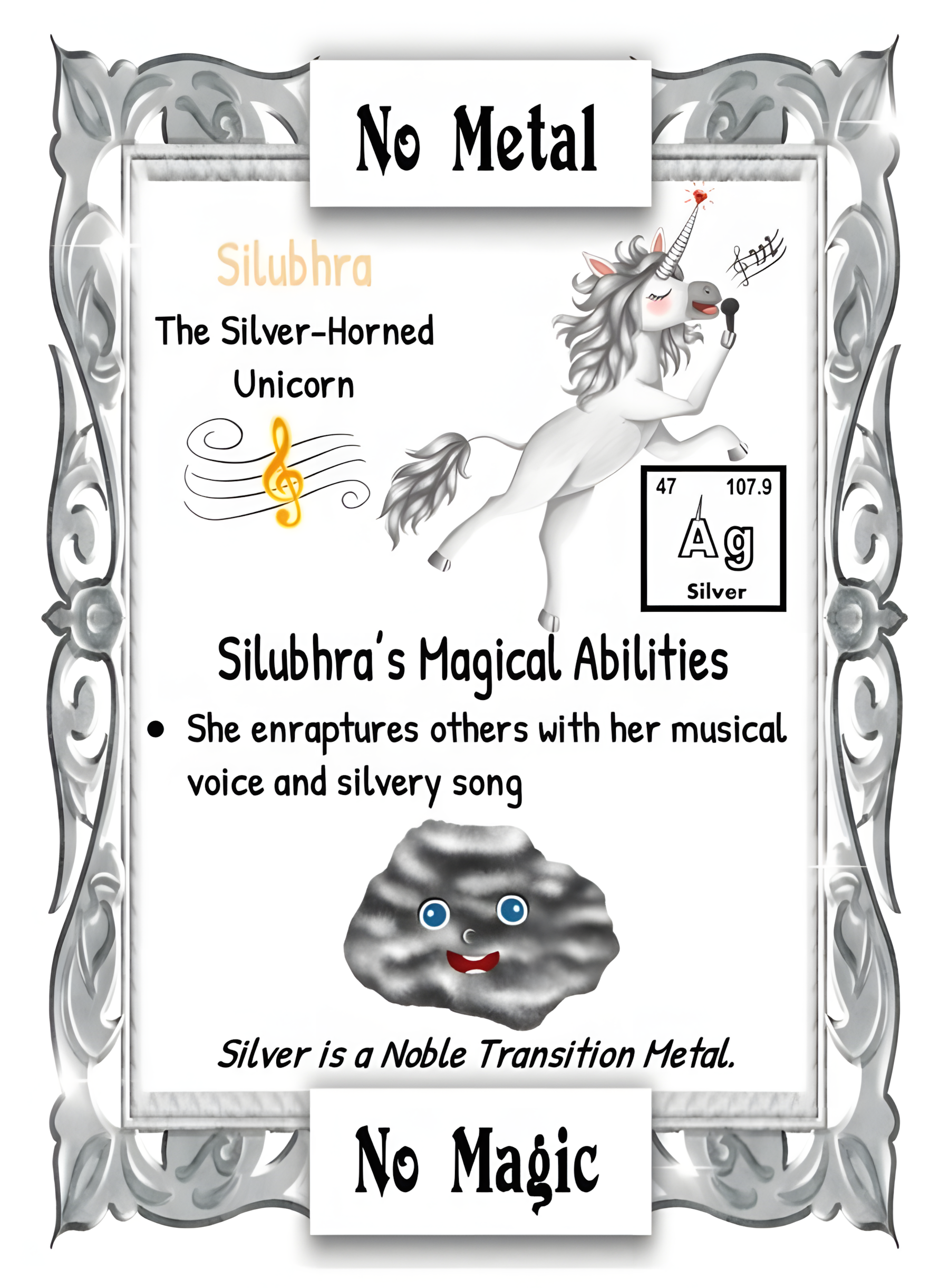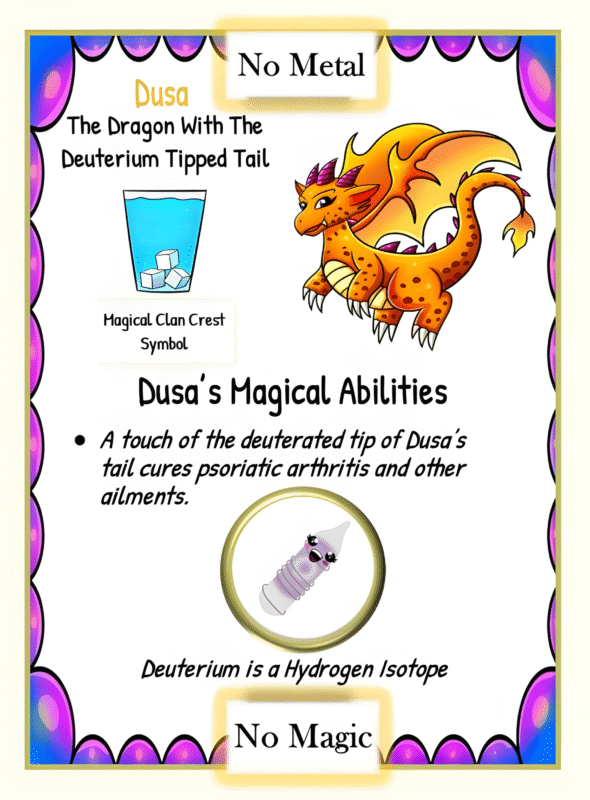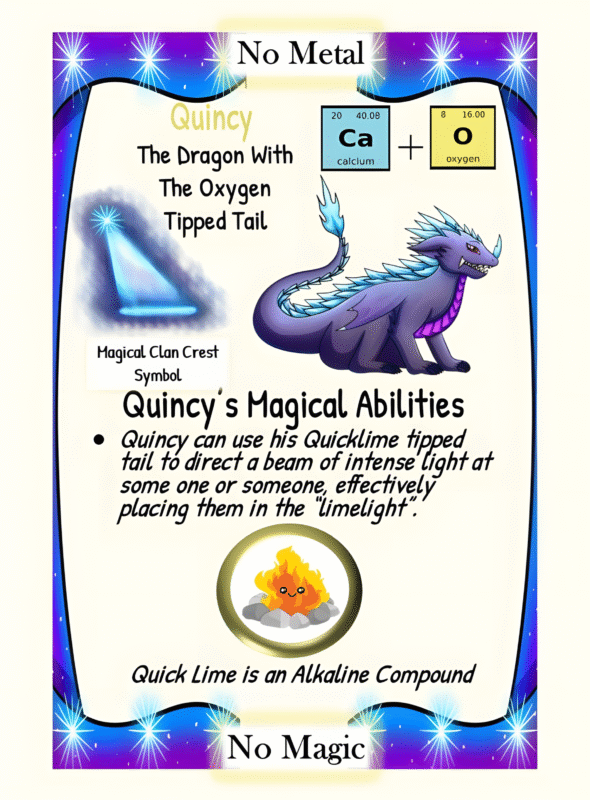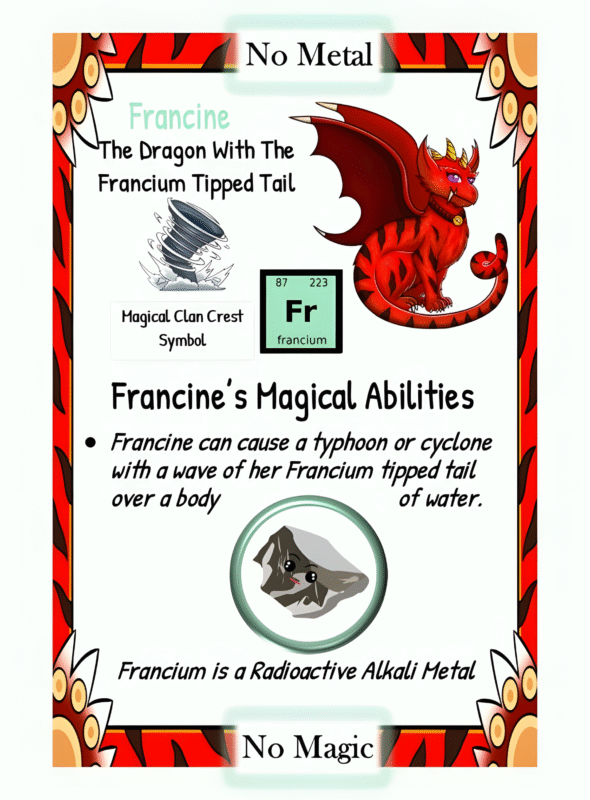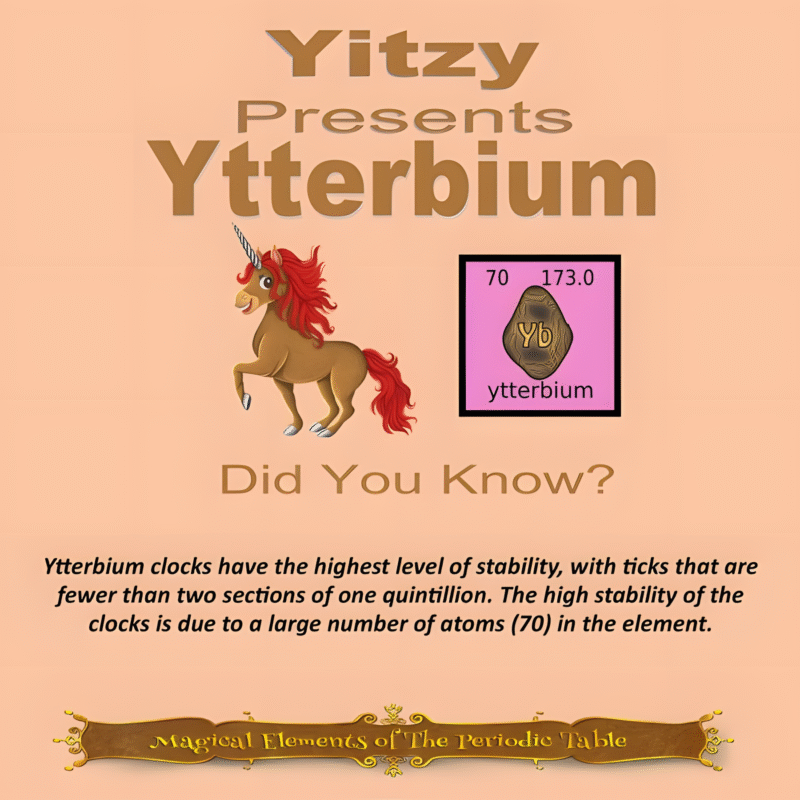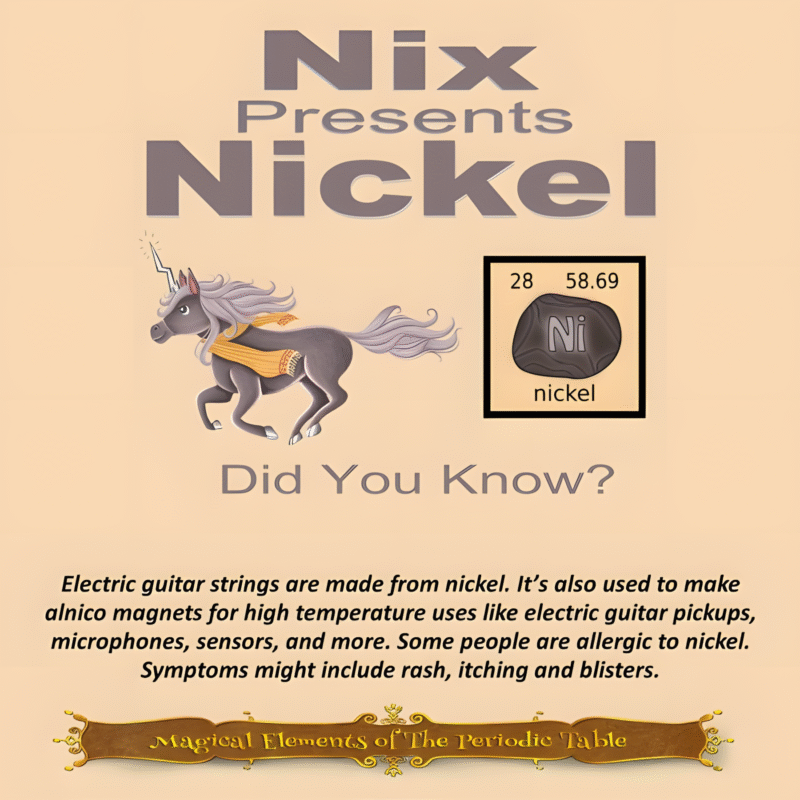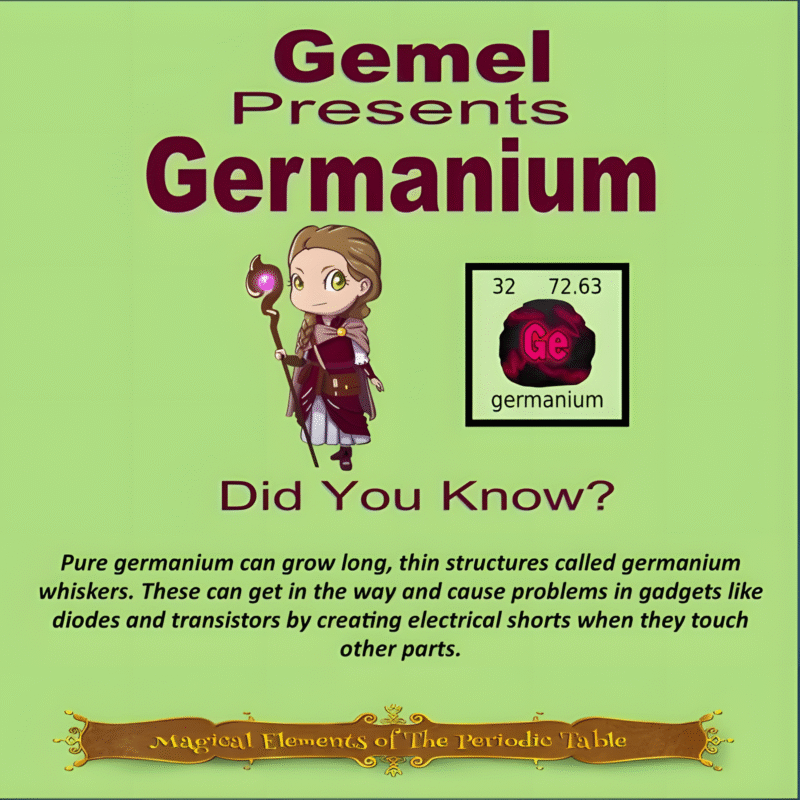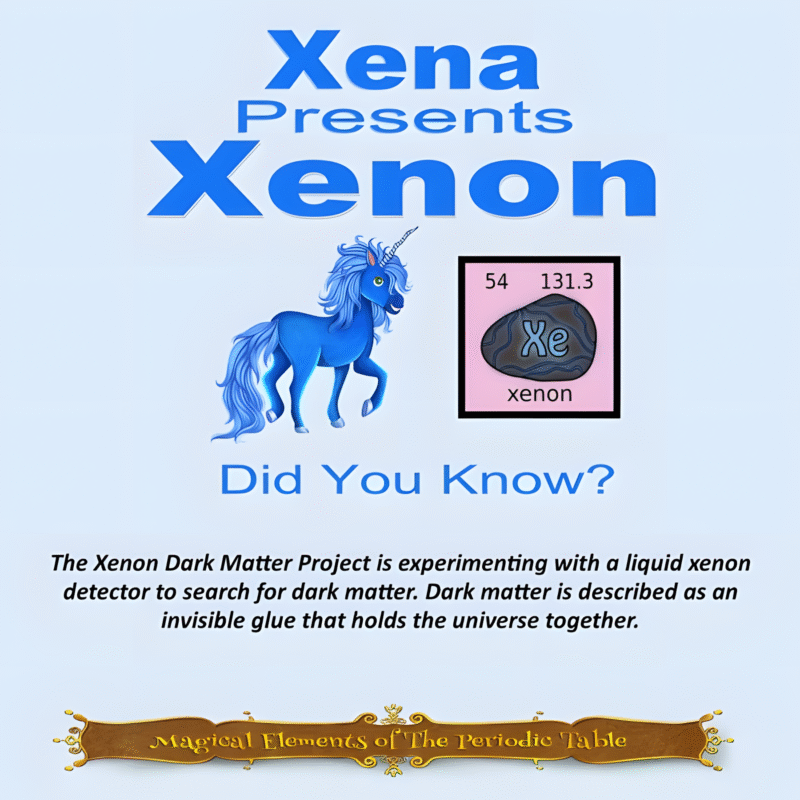From Currency to Conductivity: The History and Evolution of Silver’s Uses
Silver has been recognized for centuries as a precious metal, valued for its beauty and durability. Throughout history, silver has played many roles, including being widely used as currency, an art medium, and even a medicinal remedy. However, over time, technological advancements and evolving societal needs have rendered silver less indispensable for certain purposes, leading to its decreased usage in various sectors. This article delves into the first uses of silver and provides insights into why it is no longer as widely employed for those purposes.
The Early Uses of Silver:
The discovery and use of silver dates back to ancient times. Evidence suggests that silver was first mined around 3000 BCE in modern-day Turkey and Greece. Initially, silver was primarily employed for its malleability and aesthetically pleasing properties, being crafted into intricate jewelry and ornamental objects. Silver’s reflective qualities were considered divine, leading to its symbolic significance in religious ceremonies and rituals.
Silver as Currency:
The adoption of silver as a medium of exchange can be traced back to the ancient Greeks and Romans. Due to its rarity and durability, silver coins became a widely recognized form of currency, allowing for trade and economic development. The lustrous metal’s importance in currency systems continued to grow, culminating in the global recognition of the silver standard during the 19th century until the Bretton Woods Agreement in 1944.
Silver in Medicine:
Silver has also been utilized for its antimicrobial properties throughout history. Ancient civilizations, such as the Greeks, Egyptians, and Romans, recognized silver’s ability to inhibit the growth of microorganisms. In the past, silver compounds, like silver nitrate, were commonly used in wound dressings, eye drops for infections, and various medicinal treatments. However, as medical science advanced, alternative and more targeted antimicrobial agents were developed, leading to a decline in silver’s medicinal usage.
The Decline in Silver Usage:
While silver’s applications have not diminished across the board, certain factors have contributed to its decreased usage for specific purposes:
- Cost: As industrial and technological advancements led to the discovery and development of alternative materials, the cost of silver often became a prohibitive factor. Employing silver, especially in large quantities, became commercially unfeasible, leading to its substitution with more cost-effective materials.
- Technological advancements: The rise of modern materials and manufacturing processes has offered alternative solutions with superior properties or cost efficiencies. For example, silver’s superior electrical conductivity once made it a preferred choice for electrical wiring. However, copper and aluminum, which offer competitive conductivity at lower costs, have largely superseded silver in this regard.
- Ethical considerations: The ethical implications of mining and sourcing silver have also contributed to its diminished usage. With environmental concerns and an increased focus on sustainability, industries have sought alternatives, reducing their reliance on silver for certain applications.
While the historical significance of silver cannot be denied, the evolution of technology, economics, and changing societal values have led to a decline in its usage for certain purposes. From adorning ancient rulers to being a highly sought-after currency, silver has a rich heritage. Today, it finds niches in niche industries such as jewelry, electronics, and photography, continuing to serve as a symbol of prestige, craftsmanship, and innovation. As the world progresses, it will be interesting to observe how silver’s applications continue to adapt and evolve to meet the challenges of the future.
This article is brought to you by Sybrina Durant, the author of the middle grade picture book, Magical Elements of the Periodic Table Presented Alphabetically By The Elemental Unicorns. Learn More. In that book Silver is presented by the unicorn, Silubhra.
Inter-Active Elemental Fantasy-Themed Periodic Table from Magical Elements of the Periodic Table Presented Alphabetically by The Elemental Dragon Clan
Click here to use This Inter-Active Viewer To Learn More About The Elements Each Elemental Represents On This Periodic Table. Want this in a 24″ x 36″ Poster? Click here.
Sybrina Publishing Offers Fun Activities Based On The Book
Magical Elements of the Periodic Table Magical Elementals
Browse Magical Elemental Activities at MagicalPTElements or Sybrina-Publishing on TPT or Classful

